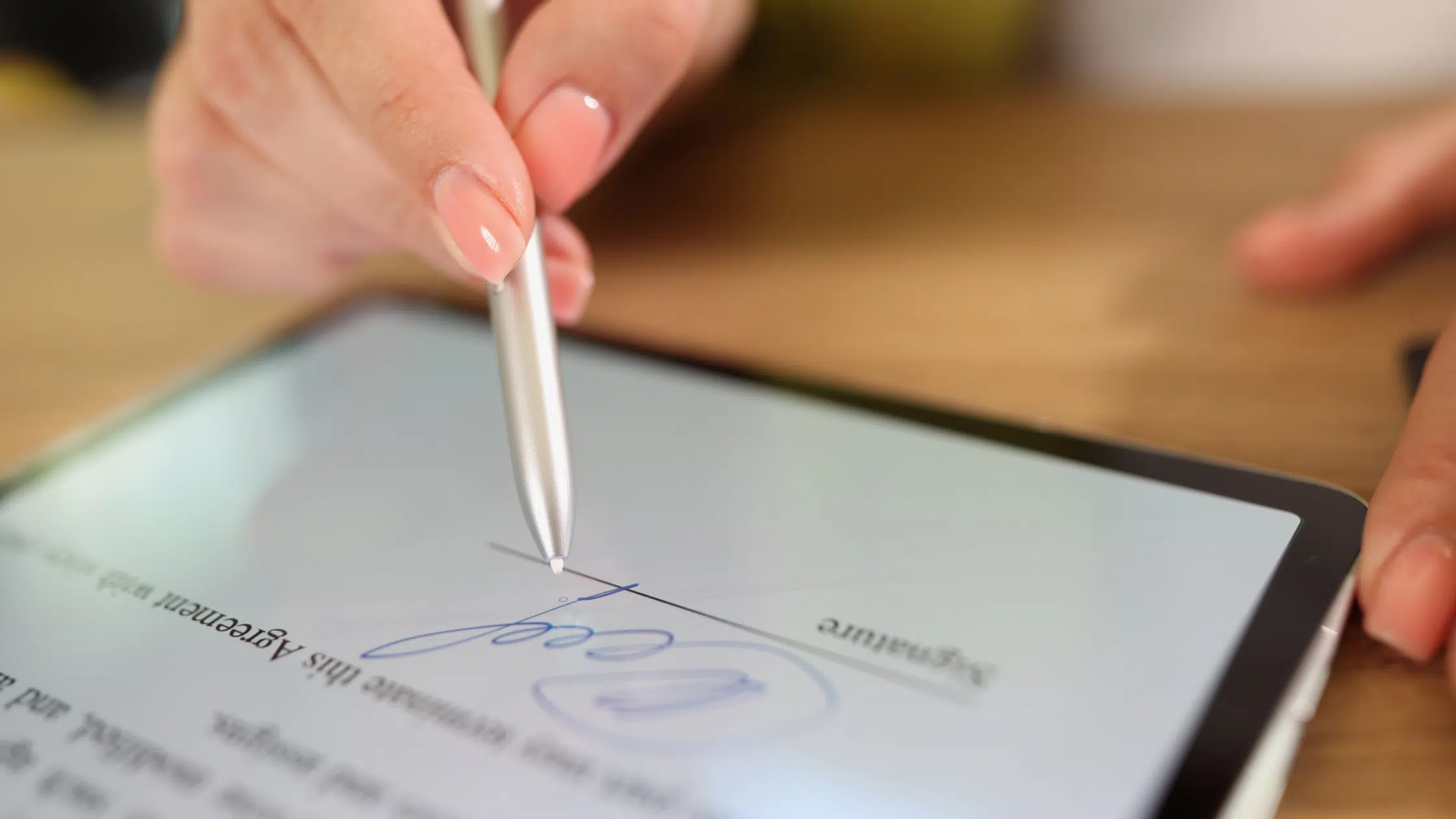Introduction
In today's technology-driven world, uninterrupted power supply (UPS) systems play a crucial role in safeguarding sensitive electronic equipment from unexpected power disruptions. One of the fundamental aspects of maintaining a reliable UPS system is ensuring that its battery is adequately charged. The charging time for a UPS battery is influenced by various factors, including the battery type, capacity, and the state of charge. Understanding these factors is essential for optimizing the performance and longevity of UPS batteries.
Efficiently managing the charging process is vital for ensuring that the UPS system can swiftly and effectively provide backup power when needed. Whether it's for a home computer setup, a small business network, or a large data center, knowing how long it takes to charge a UPS battery is essential for maintaining operational continuity.
In this comprehensive guide, we will explore the factors that affect the charging time of UPS batteries, the different types of UPS batteries, and the corresponding charging times for each type. Additionally, we will provide valuable tips to reduce charging time and enhance the overall efficiency of UPS battery systems. By delving into these key aspects, readers will gain a deeper understanding of UPS battery charging and be better equipped to optimize the performance of their UPS systems.
Factors Affecting Charging Time
The charging time of a UPS battery is influenced by several critical factors that directly impact the efficiency and speed of the charging process. Understanding these factors is essential for effectively managing the charging time and ensuring the reliable operation of the UPS system. Let’s delve into the key factors that play a pivotal role in determining the charging time of UPS batteries:
- Battery Capacity: The capacity of the UPS battery, typically measured in ampere-hours (Ah), directly affects the charging time. Higher-capacity batteries require more time to charge fully compared to lower-capacity batteries.
- State of Discharge: The extent to which the UPS battery is discharged significantly impacts the charging time. Batteries that are deeply discharged will require a longer time to reach full charge compared to those with a shallower discharge.
- Charging Current: The charging current, measured in amperes (A), determines the rate at which the battery is charged. Higher charging currents can reduce the overall charging time, provided that the battery can safely handle the increased current.
- Battery Chemistry: Different types of UPS batteries, such as lead-acid, lithium-ion, and valve-regulated lead-acid (VRLA) batteries, have varying charging characteristics. The chemistry of the battery influences the charging voltage and current requirements, consequently affecting the charging time.
- Temperature: Ambient temperature plays a crucial role in the charging process. Extreme temperatures, whether hot or cold, can impact the charging efficiency and overall time required to fully charge the UPS battery.
- Battery Age and Condition: The age and condition of the UPS battery also influence its charging time. Aging batteries or those with diminished capacity may require longer charging times to reach full capacity.
By considering these factors and their collective impact, individuals and businesses can make informed decisions regarding the charging time of UPS batteries and implement strategies to optimize the charging process for enhanced reliability and performance.
Types of UPS Batteries
UPS batteries are available in various types, each offering distinct advantages and characteristics that cater to specific application requirements. Understanding the different UPS battery types is crucial for selecting the most suitable option based on factors such as performance, longevity, and maintenance. Let’s explore the primary types of UPS batteries:
- Lead-Acid Batteries: Widely used in UPS systems, lead-acid batteries are known for their reliability and cost-effectiveness. They are available in two main variants: flooded lead-acid (FLA) and valve-regulated lead-acid (VRLA) batteries. FLA batteries require regular maintenance, including topping up with distilled water, while VRLA batteries are maintenance-free and offer enhanced safety due to their sealed construction.
- Lithium-Ion Batteries: With their high energy density and longer lifespan, lithium-ion batteries are gaining popularity in UPS applications. They are lightweight, compact, and offer rapid charging capabilities, making them ideal for space-constrained environments and applications requiring quick recharge times.
- Nickel-Cadmium (Ni-Cd) Batteries: Known for their robustness and resilience to high temperatures, Ni-Cd batteries are suitable for demanding UPS applications. They offer a long service life, excellent charge retention, and can withstand frequent deep discharges without compromising performance.
- Sealed Lead-Acid (SLA) Batteries: Similar to VRLA batteries, SLA batteries are maintenance-free and feature a sealed design. They are renowned for their reliability, low self-discharge rate, and suitability for a wide range of UPS applications, including standby and cyclic use.
Each type of UPS battery presents unique characteristics in terms of performance, charging requirements, and operational considerations. By evaluating the specific needs of the intended application, users can make informed decisions when selecting the most suitable UPS battery type for their requirements.
Charging Time for Different UPS Battery Types
The charging time for UPS batteries varies across different types, primarily due to the distinct charging characteristics and chemical compositions of the batteries. Understanding the typical charging times for various UPS battery types is essential for effectively managing backup power systems and ensuring continuous operational readiness. Let’s explore the charging times for different UPS battery types:
- Lead-Acid Batteries: The charging time for lead-acid batteries, whether flooded or valve-regulated, typically ranges from 8 to 16 hours for a full recharge. This duration may vary based on the battery’s capacity, state of discharge, and the charging current applied.
- Lithium-Ion Batteries: Lithium-ion batteries are renowned for their rapid charging capabilities. Depending on the specific chemistry and design, these batteries can reach full charge within 2 to 4 hours, making them ideal for applications requiring quick recharge times and minimal downtime.
- Nickel-Cadmium (Ni-Cd) Batteries: Ni-Cd batteries generally have a moderate charging time, typically ranging from 8 to 12 hours for a complete recharge. Their robustness and tolerance for frequent deep discharges contribute to their suitability for demanding UPS applications.
- Sealed Lead-Acid (SLA) Batteries: Similar to VRLA batteries, SLA batteries feature a relatively moderate charging time, typically requiring 6 to 12 hours to reach full charge. Their maintenance-free design and reliable performance make them well-suited for a wide range of UPS applications.
It is important to note that the charging times mentioned are approximate and can vary based on specific battery models, capacities, and environmental conditions. Additionally, advanced charging technologies and smart charging systems may further optimize the charging times for UPS batteries, enhancing overall system efficiency and reliability.
Tips to Reduce Charging Time
Optimizing the charging time of UPS batteries is essential for ensuring rapid system recovery and minimizing downtime during power outages. By implementing effective strategies and best practices, users can reduce the charging time and enhance the overall efficiency of UPS battery systems. Here are valuable tips to expedite the charging process:
- Properly Size the UPS System: Select a UPS system with an adequate capacity that matches the power requirements of the connected equipment. An appropriately sized UPS system reduces the likelihood of deep discharges, thereby minimizing the time required for recharging the battery.
- Utilize High-Efficiency Charging Equipment: Invest in modern, high-efficiency charging equipment designed to optimize the charging process. Advanced chargers can deliver the required charging current more effectively, reducing the overall charging time without compromising battery health.
- Implement Temperature Control: Maintain the ambient temperature within the recommended range for the UPS battery. Extreme temperatures can hinder the charging efficiency and prolong the charging time. Utilize environmental controls or cooling systems to regulate the temperature in the battery storage area.
- Regular Maintenance and Inspections: Conduct routine maintenance and inspections of the UPS system and batteries to identify and address any issues that may impact charging efficiency. This includes ensuring proper connections, cleaning terminals, and replacing aging batteries as needed.
- Utilize Fast-Charge Modes (Where Applicable): If the UPS system and batteries support fast-charge modes, consider utilizing this feature when rapid recharging is essential. Fast-charge modes can significantly reduce the charging time without compromising the long-term health of the batteries.
- Opt for High-Performance Battery Technologies: When selecting UPS batteries, consider high-performance options such as lithium-ion batteries, known for their rapid charging capabilities and longer lifespan. These advanced battery technologies can inherently reduce the overall charging time.
By incorporating these tips into UPS system management practices, users can effectively minimize the charging time, maximize operational uptime, and ensure that the UPS system is always prepared to deliver reliable backup power when needed.
Conclusion
Understanding the factors influencing UPS battery charging time, the diverse types of UPS batteries, and the corresponding charging durations is pivotal for maintaining the resilience and reliability of backup power systems. By considering the battery capacity, state of discharge, charging current, battery chemistry, temperature, and battery age, users can make informed decisions to optimize the charging process and enhance overall system performance.
Furthermore, the distinct characteristics of lead-acid, lithium-ion, nickel-cadmium, and sealed lead-acid batteries offer flexibility in meeting diverse application requirements, with each type presenting unique charging time considerations. Whether it’s the rapid charging capabilities of lithium-ion batteries or the robustness of nickel-cadmium batteries, selecting the most suitable UPS battery type is crucial for achieving efficient charging and reliable backup power support.
Implementing best practices, such as properly sizing the UPS system, utilizing high-efficiency charging equipment, maintaining temperature control, conducting regular maintenance, and leveraging advanced battery technologies, can significantly reduce charging time and enhance the operational readiness of UPS systems. These proactive measures contribute to minimizing downtime during power outages and ensuring seamless continuity of critical operations.
In conclusion, by integrating the insights and recommendations provided in this guide, users can effectively manage UPS battery charging time, maximize system efficiency, and uphold the dependability of backup power solutions across various applications and environments.

























